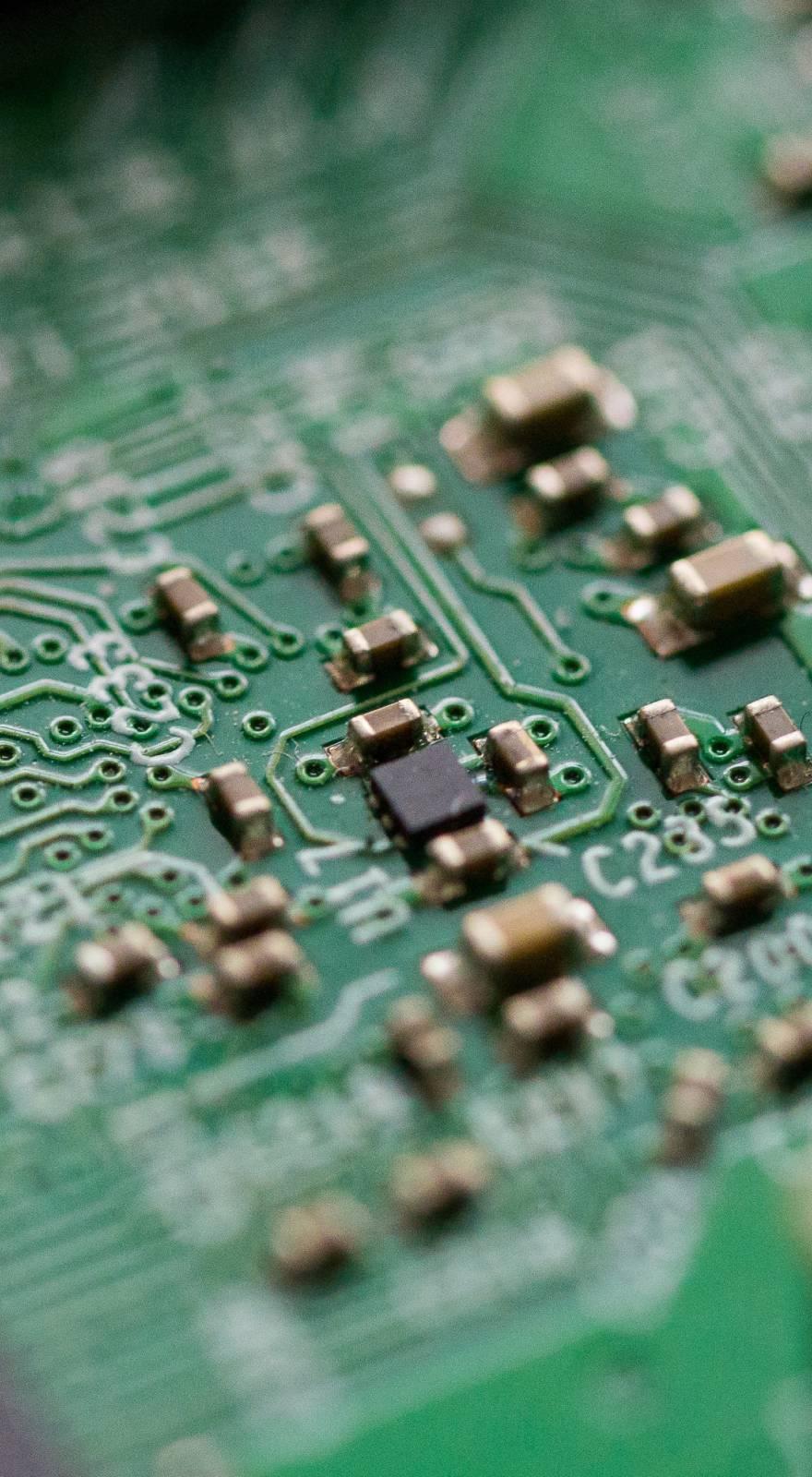Knowde Enhanced TDS
Identification & Functionality
- Product Type
- Technologies
Features & Benefits
- Ready-to-Use Product Features
- Product Highlights
In the typical bonded fin heat sink the contribution of the bonded fin joint to the overall thermal resistance of the full heat sink is from 1 to 3%. The primary contribution to the thermal resistance of bonded heat sinks is the convective contribution between the air and the finned surface. The second most significant factor is the base spreading conductive resistance and the fin conductive resistance. Good joint design and clean, rough surfaces produce superior joints that generally exceed the mechanical requirements of the application while remaining an insignificant contributor to the overall thermal resistance of the bonded fin heat sink.
Applications & Uses
- Applications
- Application Area
- Suggested Applications
Fin-to Base: High thermal conductivity at the joint. The slot depth should be three times the fin thickness with a top chamfer of 20/25% of the slot depth. The slot width should be fin thickness plus 0.005/0.010". For maximum bond strength, vapor blast the slot and the fin edge followed by a proper degreasing process. Fins should be 1100H14 aluminum alloy and bases 6063T5 for maximum conductivity. This design, properly cured, will produce a bond strength that exceeds the shear strength of the fin in a typical tensile test.
Folded Fin Set-To-Base: High thermal conductivity for all minimum bond line joints. This is accomplished by setting weights on the fin sets or clamping the crested ends. Fin sets are best ordered with the flat crested ends. This insures the maximum contact area with the base for optimum heat transfer. The fins sets should fit into a recess (.025/.035" deep) to secure their position during cure.
Bent Wire Pin Fin Set to Base: Complex shapes and very high omni-directional performance heat sinks can be assembled from pin fin segments bonded to the base with this high thermal conductivity filled epoxy system. The same rules of cleanliness, surface preparation and clamping are also required in this application.
Cold Plate Tube-To-Extruded Base: The thermal joint between a cold plate and the extruded aluminum base is the single major source of overall thermal resistance of this style of design. Careful attention to tube design and crimping details to minimize the glue line can make a large difference in the thermal performance of this economical cold plate design.
High Performance Cold Plate Tube to Base: The glue line joint is the most important contributor in cold plate design. Therefore, it is essential to minimize the glue line, which is accomplished by pressing the tubes into the mechanical aluminum plates. There are two basic design types, tubes-up to face the heat load for the very best performance and tubes-down to spread the cooling over the entire heat sink surface. Optimum thermal conductivity is an absolute necessity for this application.
- Room Temperature Cure
- H-1 Hardener: Cures overnight at room temperature or 30 min. at 65°C. Do not heat cure if the mass exceeds 2 pounds.
- H-18 Hardener: Cures overnight at room temperature or 45 min. at 65°C.
- H-10LV Hardener: Cures overnight at room temperature or 3 hrs at 65°C.
- Mixing Instructions
Mix CC3-450 thoroughly in it’s shipping container to insure a uniform consistency. Weigh out the desired amount of resin in a clean container. Add the hardener accurately by weight in the proper proportion as specified above. (ie. 4.9 grams of H-1 Hardener and 100 grams of CC3-450 for a total mix of 104.9 grams) Mix thoroughly. Use in a well ventilated area and avoid contact with eyes and skin.
Properties
- Color
- Physical & Electrical Properties
| Value | Units | Test Method / Conditions | |
| Bond Shear Strength (Al to Al 1” Overlap, 25°C) | 3600.0 | psi | — |
| Coefficient of Thermal Expansion | 28 x 10^(-6) | in/in/’C | — |
| Compressive Strength (25°C) | 18500.0 | psi | — |
| Heat Distortion | 65.0 | °C | — |
| Izod Impact (of Notch) | 0.49 | ft lbs/in | — |
| Linear Shrinkage | 0.003 | in/in | — |
| Service Temperature (Continuous) | -70 - 195 | °C | — |
| Specific Gravity (Catalyzed, 25°C) | 1.6 | — | — |
| Specific Gravity (Uncatalyzed, 25°C) | 1.74 | — | — |
| Tensile Strength (25°C) | 8900.0 | psi | — |
| Thermal Conductivity | 2.8 | W/mK | — |
| Viscosity (Catalyzed, 22.5°C) | 3000.0 | cps | — |
| Viscosity (Uncatalyzed, 22.5°C) | 125000.0 | cps | — |
| Water Absorption (7 days, 25°C) | 0.1 | % | — |
Technical Details & Test Data
- Choice of Hardeners
- H-1 Hardener: Rigid, good dimensional stability, fast cure.
- H-18 Hardener: Resilient, excellent mechanical and thermal shock, low viscosity, good air release, fast cure.
- H-10LV Hardener: Variable hardness, excellent impact properties, long pot life
HARDENER PARTS BY WEIGHT PER 100 PARTS OF RESIN POT LIFE 100 GRAM 25°C (77°F) CURE TIME 25°C (77°F) CURE TIME 65°C (149°F) CURE TIME 125°C (257°F)
H-1 Hardener 4.9 30 min. 8 hrs. 30 min. 15 min. H-18 Hardener 10.4 45 min. 16 hrs. 45 min. 20 min. H-10LV Hardener 13 (rigid) 3 hrs. 24 hrs. 3 hrs. - - - H-10LV Hardener 30 (semi-flex) 3 hrs. 24 hrs. 3 hrs. - - - H-10LV Hardener 45 (flexible) 3 hrs. 24 hrs. 3 hrs. - - -

